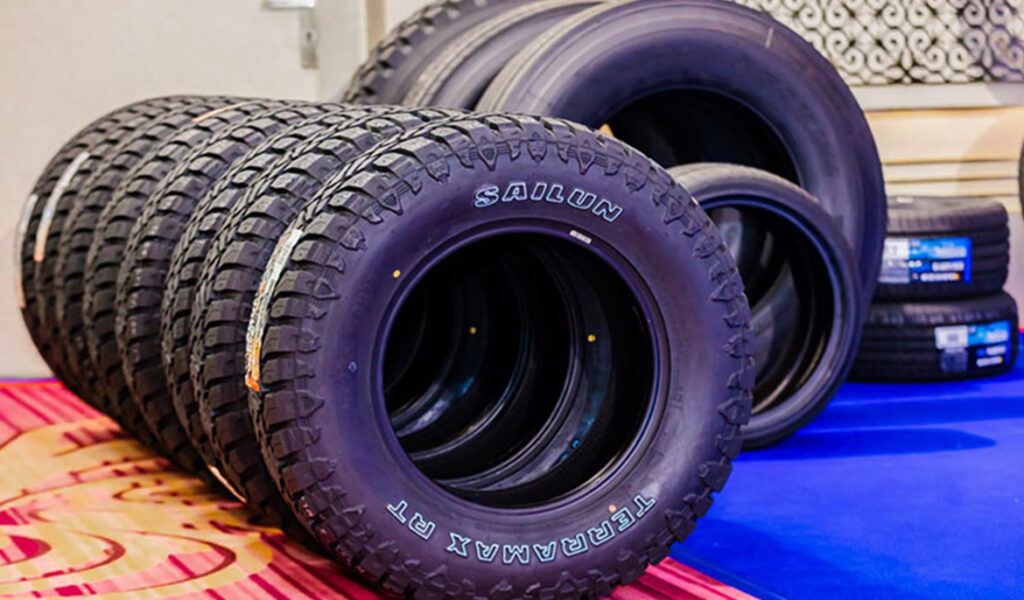Cambodia earned $317 million from the exports of rubber articles in the first quarter of this year, an increase of 88.6 percent compared to the same period last year, according to the latest trade data of the General Department of Customs and Excise (GDCE).
The data showed that the rising trend in Cambodia’s rubber exports that started in the latter half of 2022 continues into 2024 as well. The exports spiked even as there was a fall in the production of natural rubber globally, accompanied by rising prices.
It may be noted that Cambodia earned $919 million from the export of rubber and rubber articles in 2023, recording a growth of 69.6 percent compared to the previous year. The Cambodian rubber market mainly consists of China, Vietnam, Malaysia, Singapore, India, and the EU.
Meanwhile, according to the Kuala Lumpur-based Association of Natural Rubber Producing Countries (ANRPC), the positive change in the price of natural rubber (NR) can largely be attributed to the unexpected tight supply of the commodity, especially as many NR-producing countries enter the seasonal leaf fall period.
According to experts, the market for natural rubber continues to face major challenges, especially due to the less-than-expected growth of the Chinese economy in the second half of last year. China is the biggest producer of tyres in the world.
Adding to this are the impacts of the prolonged Russia-Ukraine and Israel-Hamas wars and high borrowing costs from interest rate hikes.
According to the Ministry of Agriculture, Forestry and Fisheries, as of 2021, Cambodia has more than 400,000 hectares of rubber plantations. Cambodia also has 168 rubber processing factories and handicraft centres in 11 provinces.
While the Kingdom was exporting almost all its natural rubber a few years ago, the launch of several tyre factories, especially by Chinese companies last year, resulted in higher demand internally for Cambodian rubber.
China’s annual tyre output makes up more than half of the global total. But lately, many firms have started building plants abroad, especially in Cambodia, a major producer of rubber, to take advantage of the low production costs.
Chinese tyre factories in Cambodia include the $300 million facility in the Sihanoukville Special Economic Zone (SSEZ) which was launched last year. The plant is capable of manufacturing five million semi-steel radial tyres and 900,000 all-steel radial tyres per year.
China’s Doublestar Tire Industrial, recently started constructing its $200 million plant in the Special Economic Zone of Kratie with an annual production capacity of 8.5 million radial tyres.
Also recently, Cart Tire Co Ltd, the largest Chinese modern tyre manufacturer operating on behalf of Sailun Group launched its first car tyre made in Cambodia known as ‘Sailun’.
Meanwhile, the total quantity of natural rubber consumed by India, the second largest consumer after China, during the April to December 2023 period increased by 5.8 percent to 1065,000 tonnes compared to 1007,000 tonnes consumed during the same period in 2022, according to the Rubber Board of India. (khmertimeskh)



